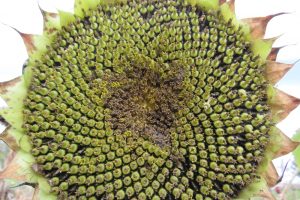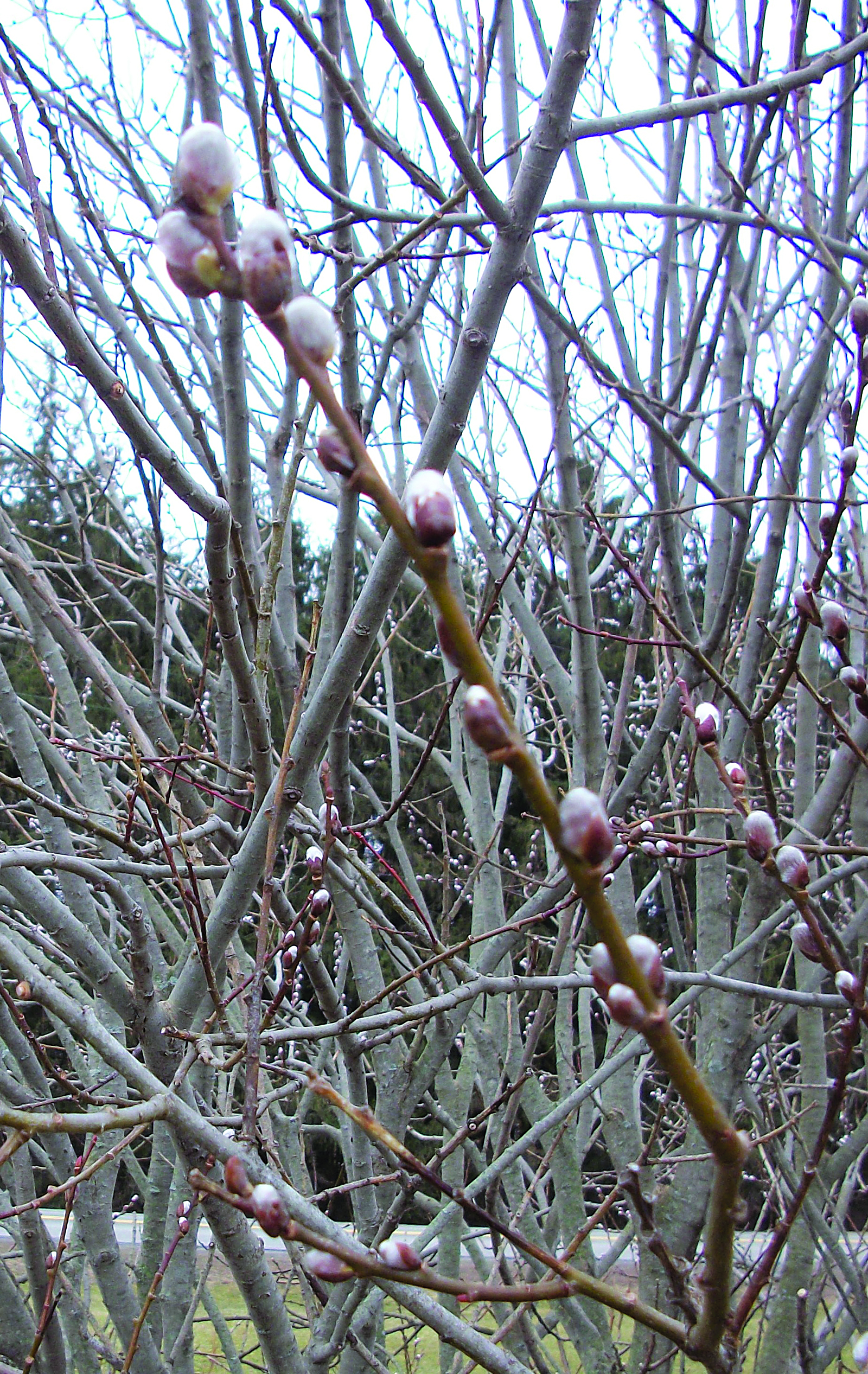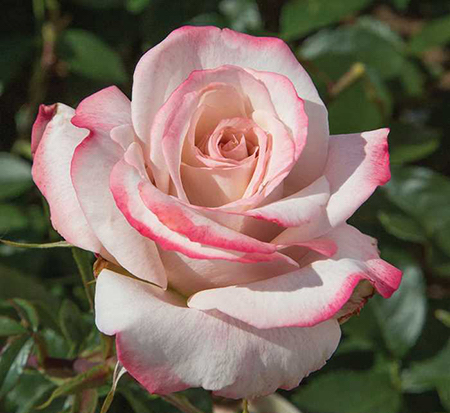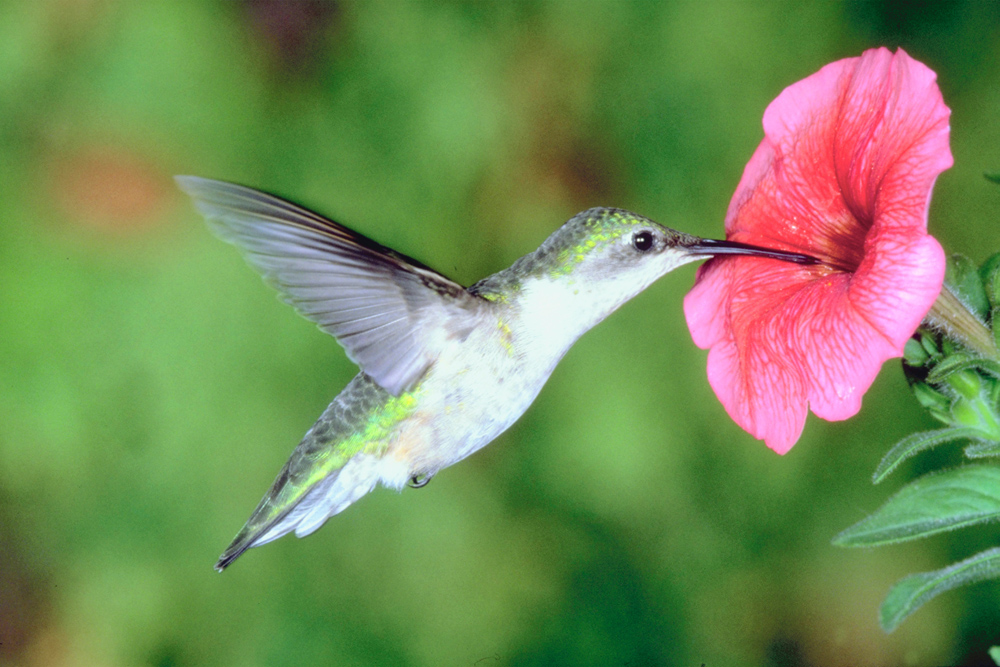Saving Seed
Gardeners owe much to seed savers. There would be no heirloom varieties of vegetables and flowers if someone had not made the effort to save the seed from year to year. Seed saving requires some planning and work and there are plant varieties which you want to avoid, but saving heritage vegetables and flowers can be rewarding as you become part of the effort to maintain garden diversity.

First – here are a few cautions from the University of Illinois Extension regarding seed saving.
Don’t save seeds from hybrid plants – your seed packets should clearly mark varieties as hybrid. Seeds from hybrid plants can be sterile and plants grown from the seeds do not reproduce true to the parent plant. Seeds from open pollinated varieties can also be difficult as they need to be isolated by large distances to prevent cross pollination with other varieties in their family. Cross pollinated plants include squash, cucumbers, melon, parsley, cabbage, chard, broccoli, mustard greens, celery, spinach, cauliflower, kale, radish, beets, onion and basil. Again, seed packets provide information on varieties which are open pollinated and should be isolated.
Diseases which affect your crops at the end of the season may not do much damage to your crop, but can affect the seed. If the seed is saved and planted the next year, the disease could injure or kill young plants.
The best candidates for seed saving are heirloom varieties which are not cross-pollinated by nearby plants. Beans, tomatoes, lettuce and peppers are good candidates. I save sunflower seed and broom corn seed each year as I don’t mind variations which may occur and purchasing enough new seed can be expensive.
When collecting seed, choose from the best, disease free plants. Harvesting mature seed is crucial. The fruit and seed must be fully mature. It is best to wait until near the end of the growing season to save fruit for seed.
Seeds are ready when flowers are faded and dry or have puffy tops. Beans and other pod plants are ready when the pods are dry and brown. Ripe seeds typically are cream colored or light to dark brown.
Seeds being saved must also be prepared and stored properly. Use the dry method for beans, peas, onions, carrots, corn and most flower and herb seeds. Allow the seed to mature as long as possible on the plant. Complete drying by spreading on a screen in a well-ventilated dry location. Extremely small or lightweight seed can be dried by placing seed heads in paper bags, allowing the seed to be caught as it falls out.
If you are saving seed from fleshy fruits such as tomatoes, melons or squash, the wet method is used. Scoop out seed masses or lightly crush fruits. The seed mass is then placed in a jar or bucket with a small amount of warm water. Stir the mixture daily and allow it to sit for 2-4 days. This process will kill viruses and separate good seed from the bad seed and fruit pulp. After 2-4 days, good, viable seed will sink to the bottom while the pulp and bad seed will float. Pour off pulp and bad seed and spread good seed on a screen or paper towel to dry.
Seeds must be completely dry before storing. Once dry, place seed in glass jars or envelopes and label. University of Illinois Extension recommends placing in a freezer for two days to kill pests and then storing in the refrigerator.
If saved seed molds, it was not sufficiently dry before saving.
While you shouldn’t plan next year’s entire garden on saved seed, saving some seed from year to year can be an interesting and money saving process to try.






